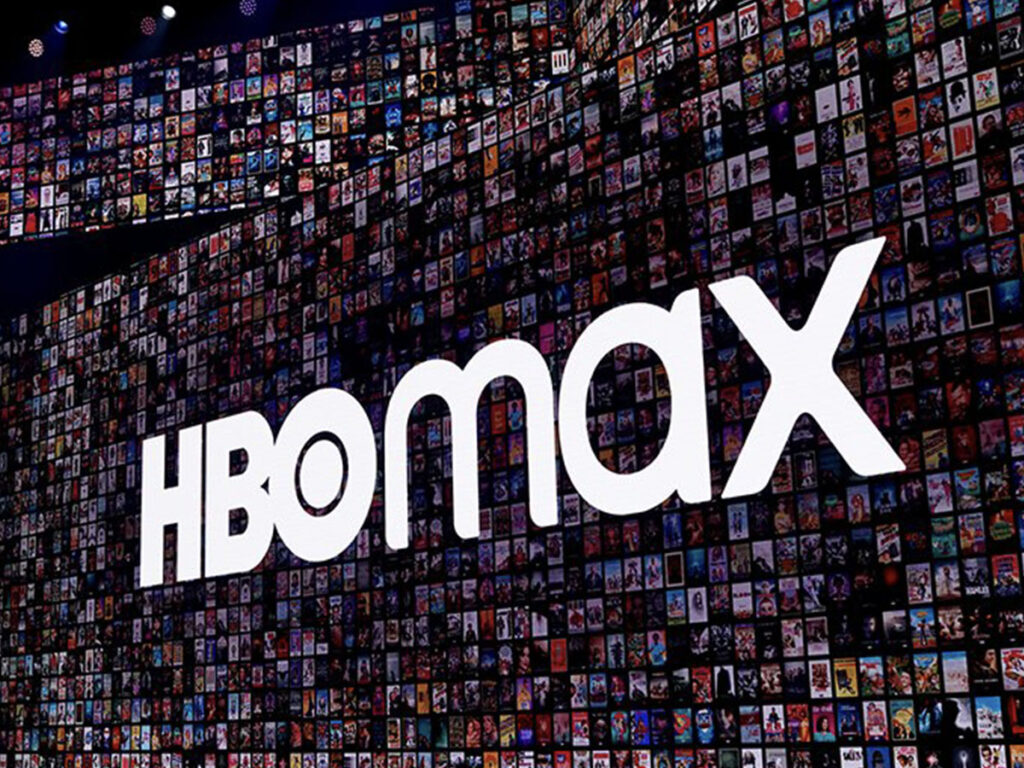From the MNTN Slack: What Netflix’s Q1 Report Signals About the Future of Streaming
by Cat Hausler
8 Min Read
CES 2024: Stagwell (STGW) and MNTN Announce Partnership in Unified Performance SolutionsLearn More
Recent moves, from debuting theatrical releases to prepping an ad-supported tier, shows streaming networks are willing to pivot to draw an audience

4 Min Read
It’s no secret that HBO MAX is struggling, and that’s leading to it making some big moves to shake up the streaming scene.
The recent debutant to the streaming wars has seen the odds stacked against it. Not only is it a newcomer to a space that is already well saturated, it also launched with the highest starting price point of $14.99 among all major networks (it’s since been discounted to a promotional $11.99 for the first year).
Going off its most recent subscription numbers from the end of September, it’s only generated 8.6 million activations—despite 38 million AT&T subscribers being offered the service at no cost. And only 3.6 million of those activations (42%) came from retail where a consumer made the conscious decision to say “yes, I’ll pay for this.” Needless to say, HBO MAX needs to turn things around.
Put yourself in the shoes of HBO MAX’s leadership, and you’d be looking to make some moves too.
That leads us to the announcement that all 2021 releases of Warner Bros. movies will debut on HBO MAX alongside their theatrical release, and be available on the service for one month before moving back to an exclusive theatrical run. This can be seen as a strategy to counteract the impact COVID-19 has had on Warner Bros.’ movie business, but there’s no denying it’s also an attempt to boost HBO MAX fortunes as well.
What’s more—and of note for advertisers—HBO MAX will also be launching an ad-supported version of their service in early 2021. This is big news for advertisers interested in reaching their audience across Connected TV. It’s another major network offering an ad-supported option, thus increasing available CTV inventory and the ad footprint across streaming television.
HBO MAX adjusting to streaming viewers’ preferences (and wallets) by offering ads is now a solid strategy in the streaming wars. We’ve seen this already with CBS All Access, Peacock, and the OG of tiered plans Hulu. It’s clear this will be a common practice moving forward for streaming services, and this benefits both sides of the ecosystem; publishers can attract more subscribers with an affordable option, and advertisers can expand their streaming reach.
This is a necessary move. The average American regularly accesses four streaming services, with 38% reporting they watch over five. Viewers who subscribe to multiple paid services already pay a decent amount for access since those costs add up. And with heavyweights Netflix and Disney+ recently announcing fresh price increases, it’s going to get more expensive. The appetite for adding another full-price subscription service has worn thin for the average streaming viewer.
Think about your own list of Connected TV subscriptions. You probably have your own hierarchy when it comes to your favorite, must-haves that you’re willing to foot the bill for. Personally, I’ll pay full price for certain services (not naming names here). But if there’s a service that offers shows I want to watch outside of those, I’ll opt for ad-supported versions to decrease my total streaming bill. An unscientific survey conducted amongst MNTN staff had similar results. There’s clearly a greater streaming hierarchy forming.
This tiered-subscription phenomenon has been embraced by streamers, and with HBO MAX’s pivot to an ad-supported tier, it’s certainly a popular idea on the publisher side. This begs the question: will the biggest whale in the streaming sea, Netflix, eventually look at an ad-supported option to continue to grow its subscriber count? It’s possible—especially if they start feeling the heat to find new paths toward growth—but only time will tell. Until then, expect this to be a viable strategy for others as the major streaming players fight over subscribers.
And advertisers, get ready to reap the benefits.
Subscribe to the report Apple, Amazon, NBC and more use to get their CTV news.